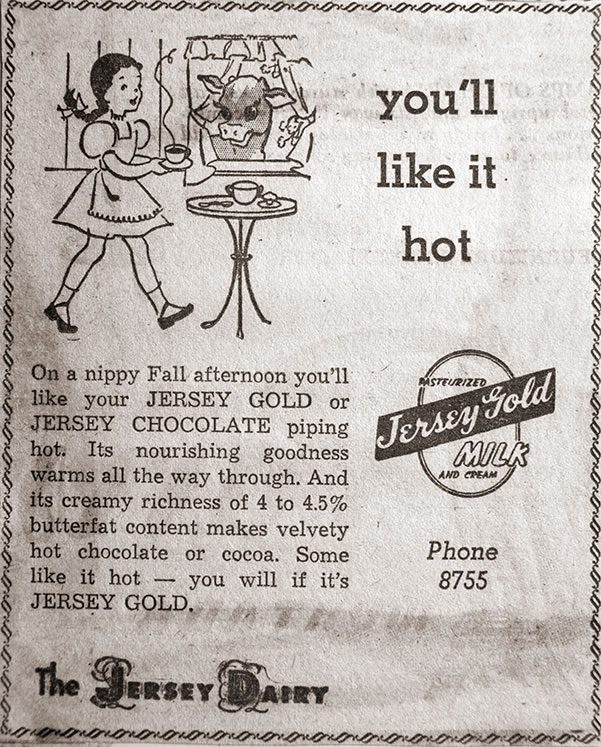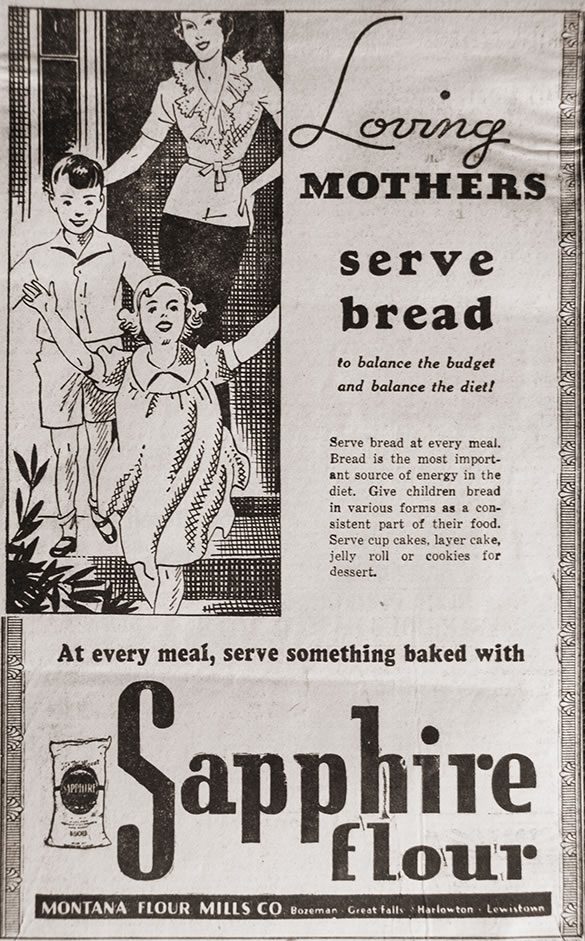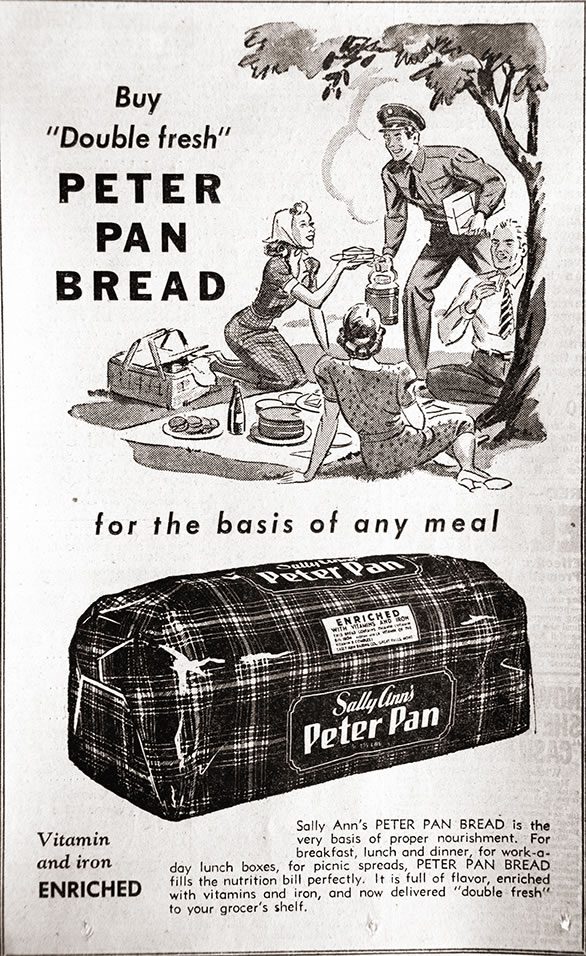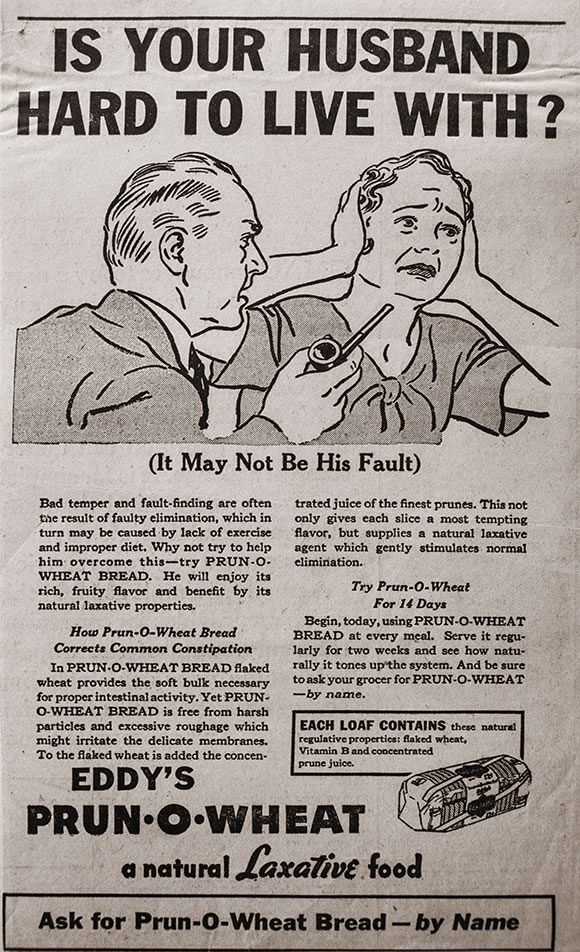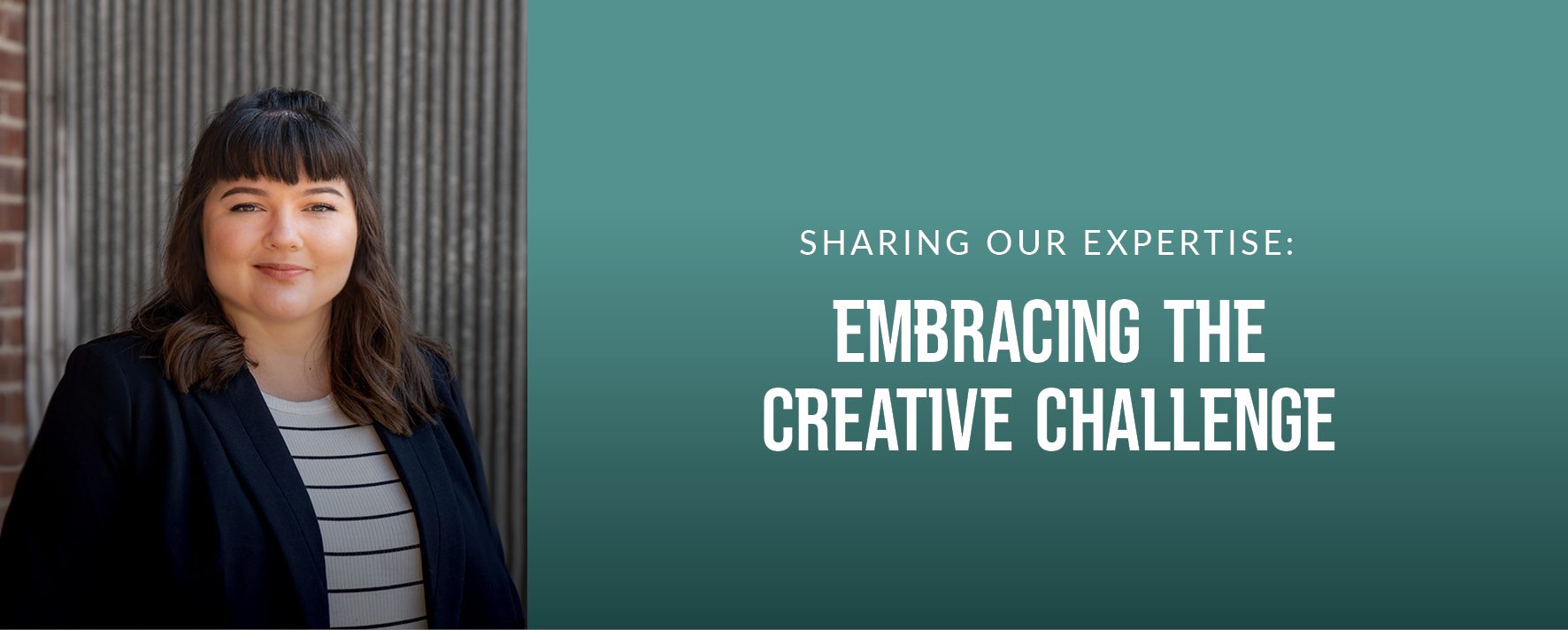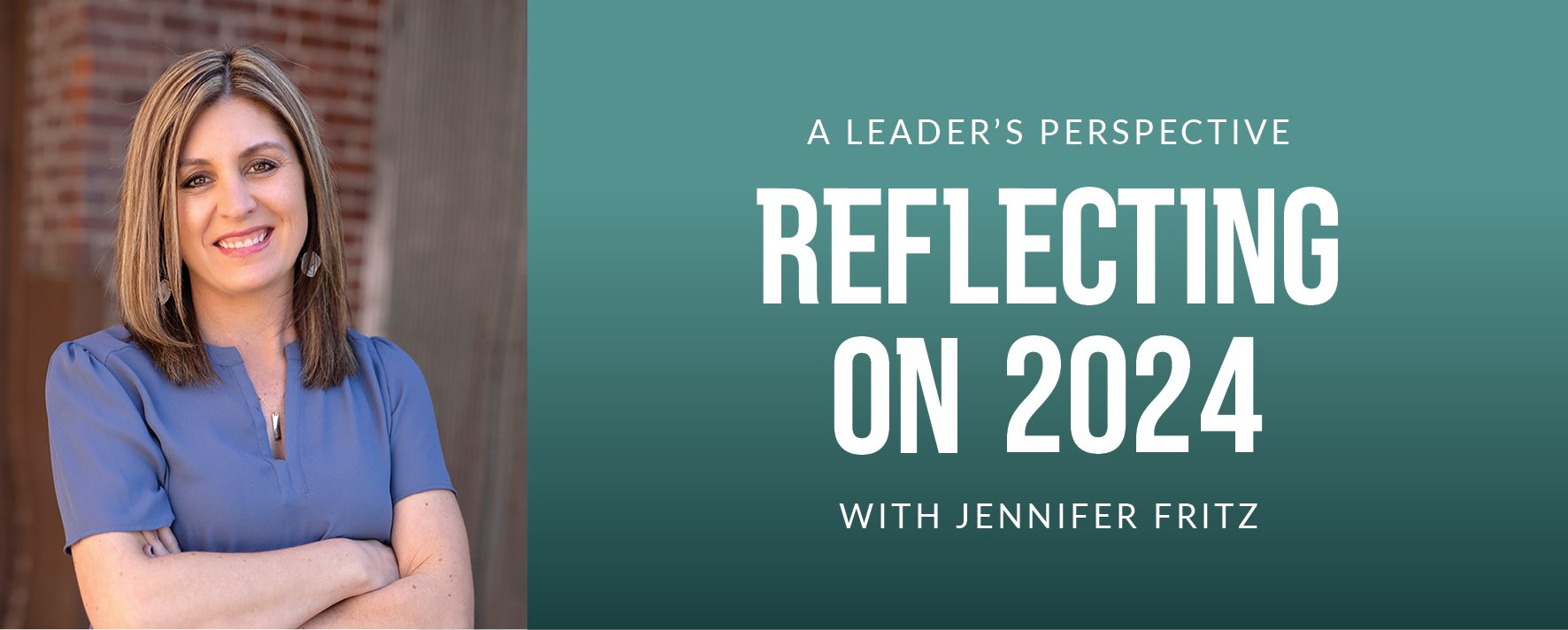The Wendt Agency has been handling media buying services since it was established in 1929 and has witnessed firsthand the evolving landscape as technology changes consumers’ behaviors.
In the past, a majority of advertising consisted of the main media at the time – newspapers. Newspaper placement strategies were pretty simple. Plans and buys were based on the size of an ad, the frequency of placement, and, if the budget allowed, color for impact.
Newspaper placement would consist of various flights. For instance, in the archives of The Wendt Agency, we have books of old newspaper ads that were done for local businesses, including Sapphire Flour, Great Falls Select, Norwest Bank, Eddy’s bread and many others. Campaigns were developed by product line and messaging. It was common to see several ads for the same business promoting different product lines in the same daily issue or weekly flights. In the “Mad Men” days, from the 1940s to the 1960s, newspapers had the lion’s share of the advertising budget.
That simple process has since shifted and become complex in today’s media landscape. Media vehicles are fragmented, varied and require a depth of knowledge outside a typical business owner’s expertise or time. For those who retain agencies or have marketing departments, much of today’s media plan work is built on developing strategies that look at the gamut of options in the marketplace, and the most effective and cost-efficient strategies for reaching today’s consumers.
Media planning and buying is varied. My role at Wendt is to review, analyze and propose media campaign strategies that take into account the complex world in which consumers live. People are bombarded every day by advertising from every conceivable source.
On a daily basis, the average consumer is exposed to:
Newspaper ads, magazine ads, billboards, outdoor signs, point-of-sale signage, direct mail, coupons, receipt ads, grocery cart ads, gas pump advertising, bathroom stall ads, kiosk ads, shopping mall ads, airport waiting area ads, and doctor’s office and hospital waiting area video display ads. If you’ve been to a sporting event, you’ve seen mascots, stadium signs and programs. Even an event sponsorship such as a home and garden show would be considered an advertising vehicle.
Then there are other traditional elements.
Radio has always been a reliable, cost-effective medium that utilizes reach and frequency, which can vary depending on the station format and audience. There can be short or long radio ads, remote broadcasts, and even news and weather sponsorships.
Television and cable advertising is directed at different demographics and audiences. Placement in specific programs and sophisticated dayparting make sure that ads are seen by the right demographic at the right time to ensure maximum reach and frequency for cost-efficient placement.
The emergence of digital and social media and other technology has created a huge shift in today’s media placement. We include digital strategies in every advertising campaign to ensure the ad reaches consumers who might miss traditional media placements.
A well-thought-out digital media campaign, whether it’s to reach the masses or is a hyper-local millennial campaign, is the most complex planning and buying I do at Wendt.
In the digital world alone, there are a multitude of strategies and objectives.
Online consumers are targeted every moment with search query ads, programmatic ad placement, direct publisher preferred placement, in-content native advertising, email advertising, e-newsletters, short video animation, cross platform strategies, mobile ads and text messaging placement. They’re all there – from your desktop, to your tablet to your mobile device.
Wendt also considers placement strategies such as geo-fencing, geo-targeted, demographically targeted placement, contextual and related-content placement. Recently, the advent of streaming ads on platforms such as Pandora, Hulu and Spotify, which include image ads and video, has changed the way Wendt develops ads for our campaigns.
Digital strategies such as in-newsfeed social media ads and custom audience targeting are ways we find consumers using the algorithms developed by Facebook and Google. You’ve all experienced it. When we utilize retargeting, your clicks on images and ads during your search activity allows advertisers to find you and “retarget” your behavior. You’ve become a viable prospect as “in-market.” Try looking for a hotel or airline ticket the next time you are on your computer and you’ll see you’re now part of a retargeting campaign.
In the early days of The Wendt Agency, media buying was simpler. Today it is more complex – customized and tailored to fit the budgets and demands of our clients. The ever-challenging task of finding and placing a mix of the best media tactics is a process we dive into every day to make sure our clients are reaching their target market.



